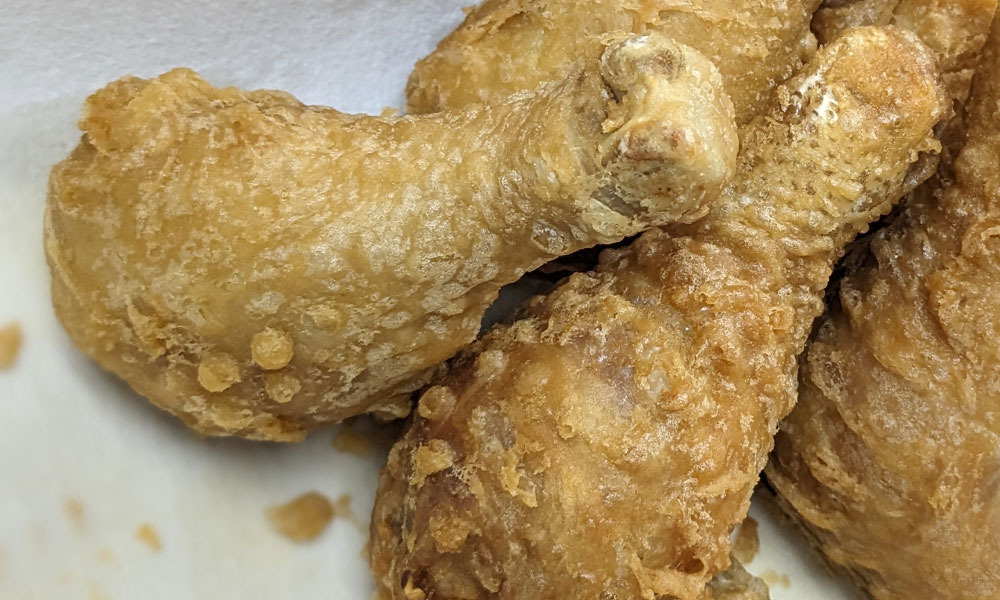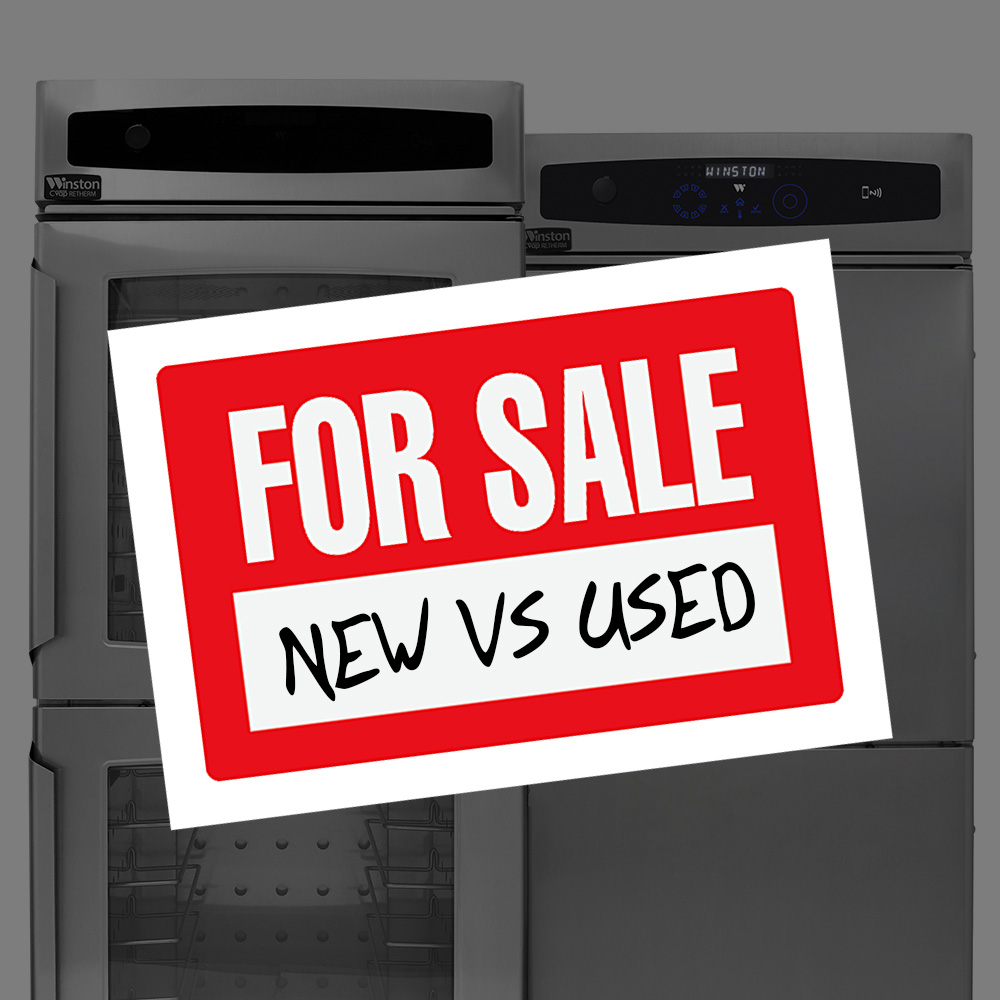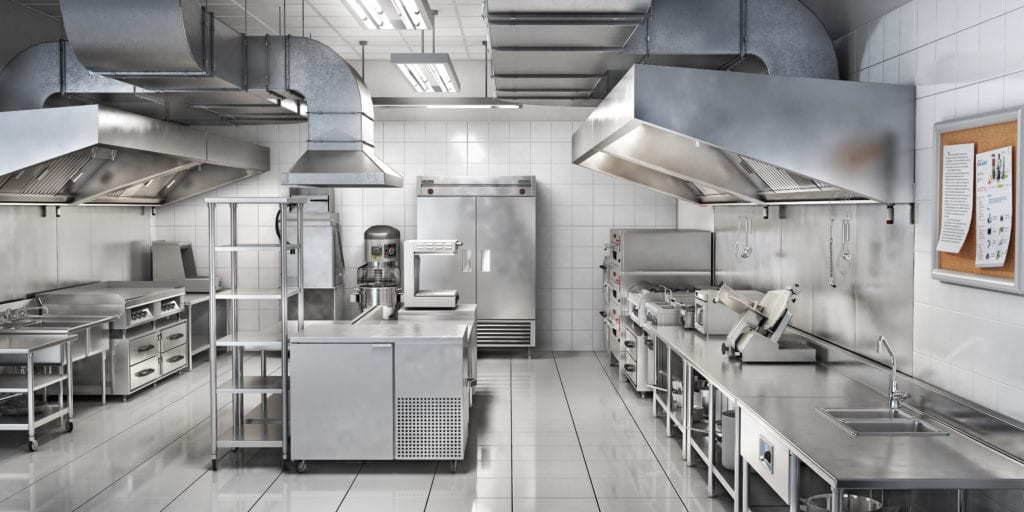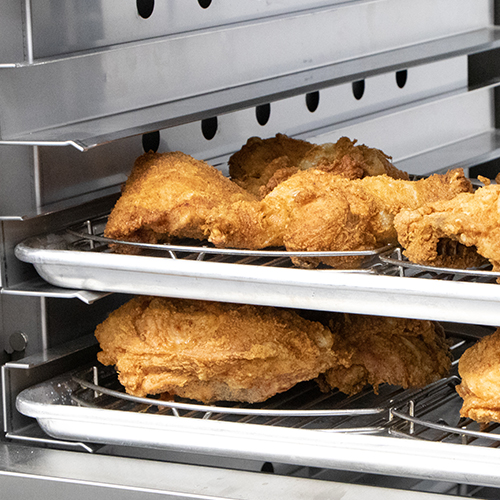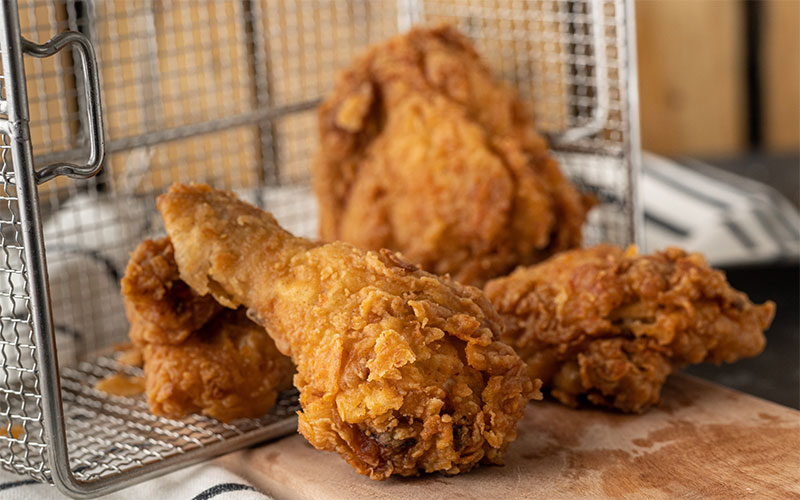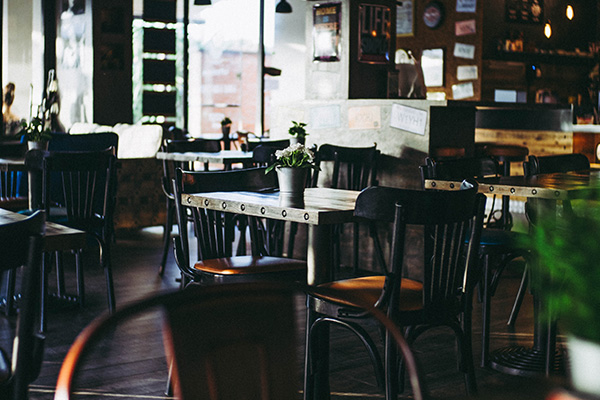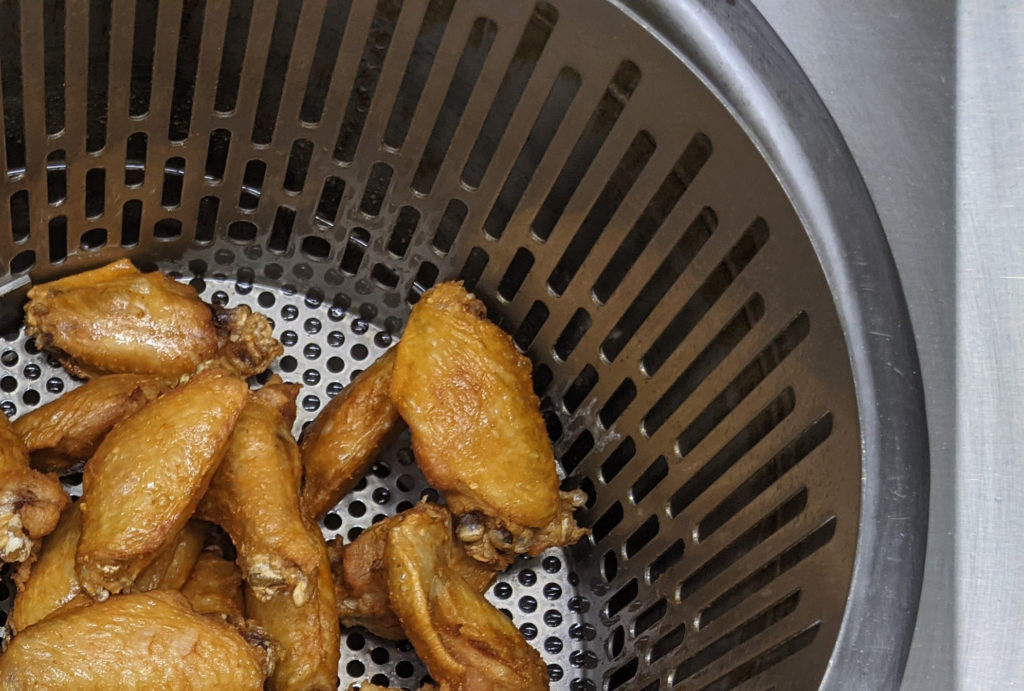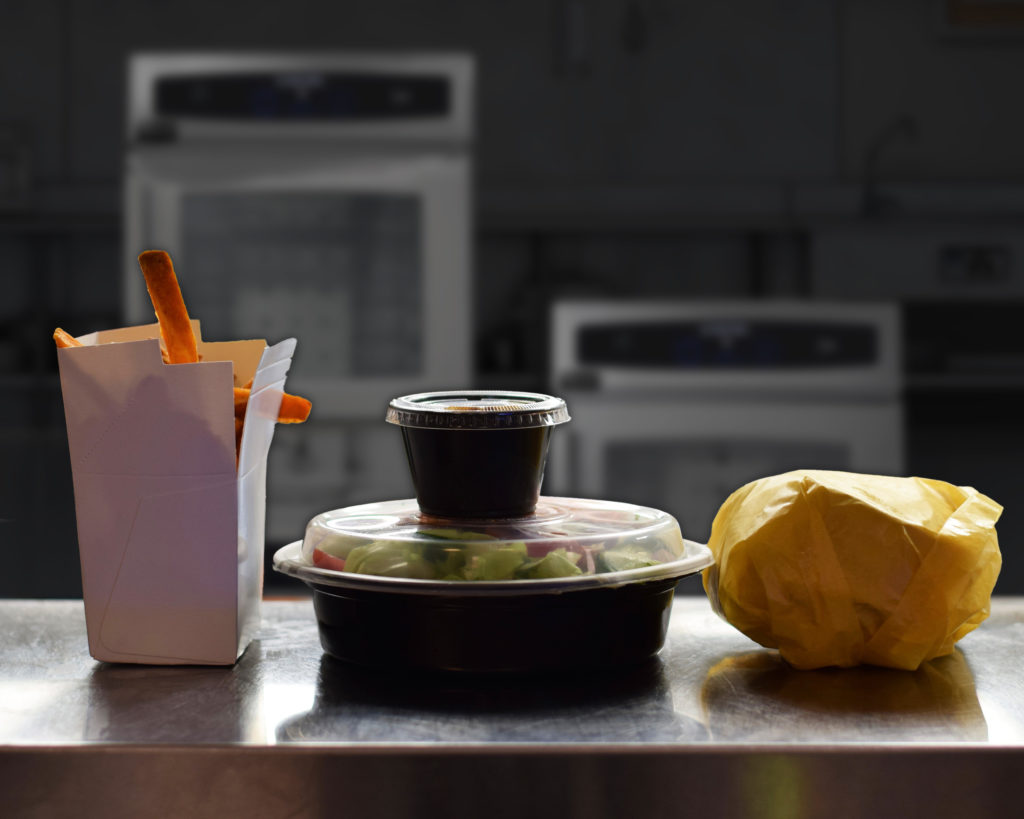Korean Fried Chicken Recipe
Korean fried chicken refers to a variety of fried chicken dishes created in South Korea, including the basic huraideu-chicken and spicy yangnyeom chicken. This fried chicken usually has a thin, crackly & crispy crust. It’s typically made with young, small birds. For this recipe, we’ll be using whole wings. This recipe is based on a […]
Korean Fried Chicken Recipe Read More »


